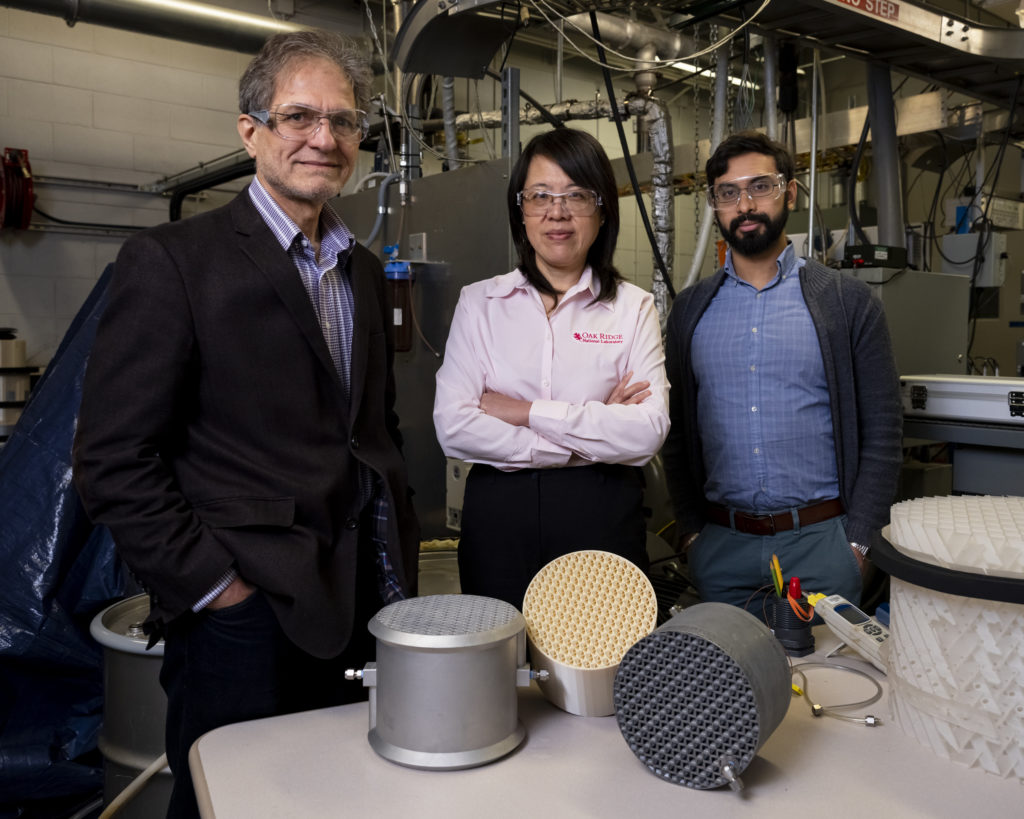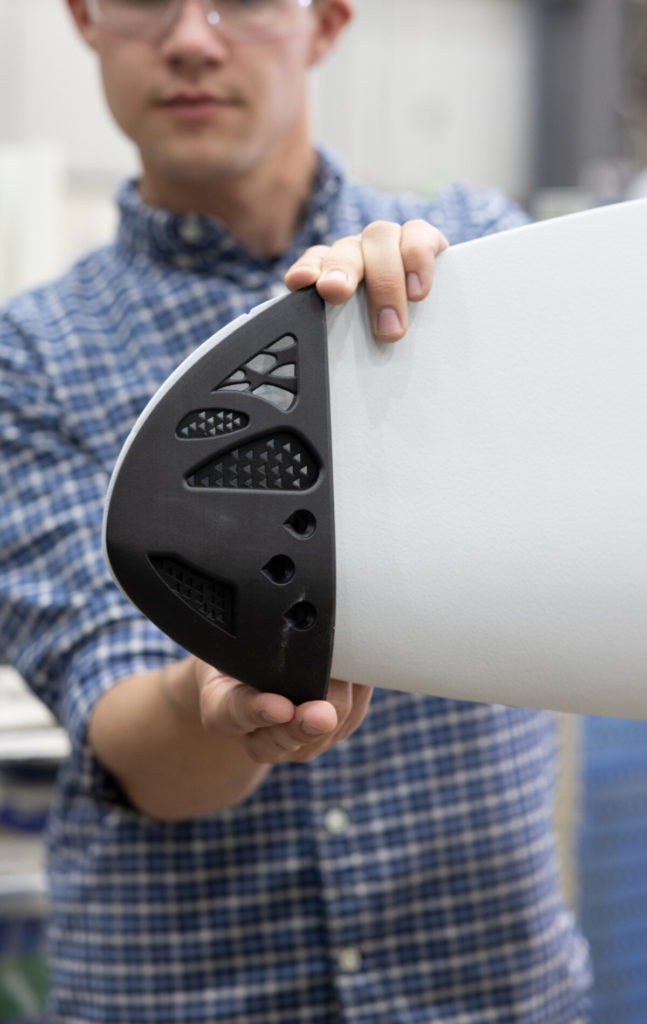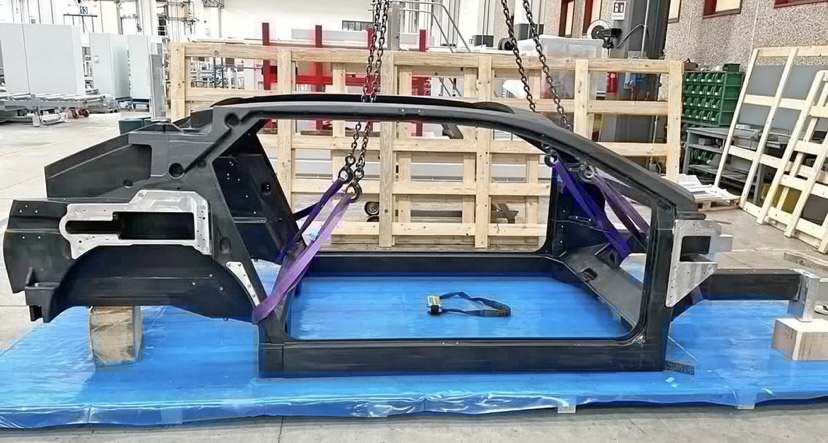Canadian Finance Minister Chrystia Freeland unveiled the country’s latest budget, which offers $16.4 billion in tax credits for clean tech manufacturing, clean electricity and hydrogen over the next five years, alongside $500 million in support carbon capture and storage (CCS). Canada is in the process of using its new national budget to introduce a system to lock in future carbon prices. This, in turn, will be used as a means of increasing investment into low-carbon technologies, which could include additive manufacturing (AM).
Canada’s Carbon Credit Contracts for Difference
“Contracts for difference” set a future price on tradable carbon credits, awarded to heavy emitters for cutting their pollution output. The Canadian government will make up the difference if the market price for these credits fall below the contract minimum. A growth fund established in last year’s budget that will be up and running “in the coming months” will be used to drive large projects.
The country’s largest polluters, such as those in oil and gas, have claimed that the lack of any certainty related carbon credit pricing has limited their willingness to invest in emission reduction projects, such as carbon capture and hydrogen, that could earn them these points. Moreover, if a credit pricing system were to be dismantled in the future, such projects would be financially wasteful from their perspectives.

ORNL’s Costas Tsouris, Xin Sun and Eduardo Miramontes, pictured in early March, demonstrated a 3D-printed intensified device substantially enhanced carbon dioxide capture efficiency. Credit: Carlos Jones/ORNL, U.S. Dept. of Energy.
Existing rules see polluters pay per tonne of carbon emitted above a sector-specific level. They can also create credits through emissions reduction and sell the credits. However, such a carbon credit market is seen as unstable due to the fact that cheap credits could flood the markets as large-scale projects begin operating. Through contracts for difference, the Canadian government can guarantee pricing stability, incentivizing more businesses from participating in the carbon credit market.
“They’ve got some discretion to tailor those contracts based on whatever is needed to get these projects over the hurdle,” said Dale Beugin with the Canadian Climate Institute. “So that works pretty well for first-of-a-kind, unique projects that are new and will have big benefits for Canada because they’re innovative.”
The plan is meant to target large-scale decarbonization projects, but the scheme is being discussed as a means of potentially targeting smaller programs as well.
Carbon Credit Projects
When most people think about emission reduction technologies, the first thoughts that come to mind are wind and solar. However, these forms of renewable energy have their own limitations, particularly for industrial operations that require large amounts of energy storage. Others may consider less developed climate solutions, such as carbon capture and storage (CCS) or hydrogen power, both of which still require substantial technological or infrastructure advances.

Prototype of a new design for an oxygen/hydrogen micro mixer, 3D printed by Shell in Amsterdam in collaboration with GE.
Before further-out technological solutions to the climate crises can be rolled out at scale, nearer-term tools, such as 3D printing and other forms of advanced production, now represent the best low-hanging fruit in the world of energy efficiency. For this reason, at least a portion of these investments will surely be directed into AM.
AM is especially relevant to the oil and gas industry, to which the global economy is still intricately dependent. Those players, who wish to manage the energy transition as much as possible in order to ensure their survival, are aiming to first improve the efficiency of their own operations before they are willing and/or able to fully commit to renewables. For this reason, they will turn more and more to AM to optimize fossil fuel use in order to make every last drop of fuel last that much longer. Of all the world’s oil and gas sectors, Canada may be one of the best-positioned to secure its existence with AM.

Composite prototype of lightning tip receptor for wind turbine blades to reduce lightning strike damage.
Then, as other technologies move in to replace fossil fuel infrastructure, their developers will also rely on AM in order to increase the energy efficiency of their own technologies. This means that AM will also become the go-to manufacturing process wherever and whenever it fits for wind, solar, and nuclear. For less-developed replacements, like CCS and hydrogen, 3D printing will obviously be key for the early design and testing phases before it is utilized for reasons of energy efficiency.
Global Trend
What’s crucial to note about this development from Canada is that it is being in part attributed to moves already being made by the United States. Specifically, the Inflation Reduction Act (IRA) will lead to over $1 trillion in investment into such areas as renewable energy. This, along with related bills like Bipartisan Infrastructure and CHIPS Acts, will also fuel an AM boom for the same reasons stated above. Metal 3D printing startup Seurat and materials firm 6K both believe that to be the case, while GE is already priming IRA funds to be directed toward 3D printing.

A 3D printed car chassis made under Project Arrow by Canada’s Automotive Parts Manufacturers’ Association.
As national governments seek to keep pace with the U.S., we will continue to see moves like those made by Canada. In addition to the contracts for differences, Canada aims to implement a 30% investment tax credit to boost clean-tech manufacturing, especially in the electric vehicle supply chain. We can rightly assume that these funds will also make their way into AM and other advanced manufacturing technologies. In fact, we’ve already seen Canada’s Project Arrow apply AM to vehicle production. This should just be a foreshadowing of what’s to come.
Subscribe to Our Email Newsletter
Stay up-to-date on all the latest news from the 3D printing industry and receive information and offers from third party vendors.
Print Services
Upload your 3D Models and get them printed quickly and efficiently.
You May Also Like
3D Printing News Briefs, July 2, 2025: Copper Alloys, Defense Manufacturing, & More
We’re starting off with metals in today’s 3D Printing News Briefs, as Farsoon has unveiled a large-scale AM solution for copper alloys, and Meltio used its wire-laser metal solution to...
3DPOD 260: John Hart on VulcanForms, MIT, Desktop Metal and More
John Hart is a Professor at MIT; he´s also the director of the Laboratory for Manufacturing and Productivity as well as the director of the Center for Advanced Production Technologies....
3D Printing News Briefs, June 28, 2025: Defense Accelerator, Surgical Models, & More
In this weekend’s 3D Printing News Briefs, 3YOURMIND was selected to join an EU Defense Accelerator, and PTC has announced model-based definition (MBD) capabilities within Onshape. Finally, a study out...
EOS in India: AM’s Rising Star
EOS is doubling down on India. With a growing base of aerospace startups, new government policies, and a massive engineering workforce, India is quickly becoming one of the most important...

































